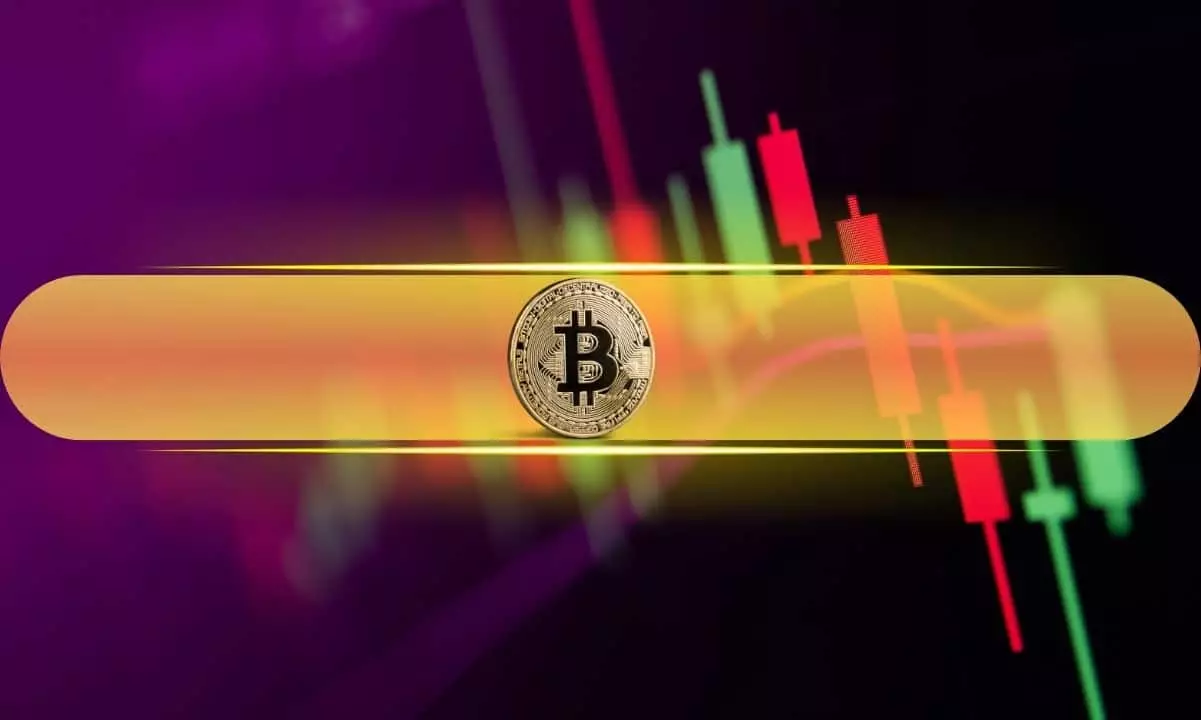The recent tumult in the cryptocurrency space highlights more than just fleeting price swings; it exposes fundamental vulnerabilities that undermine market confidence. While some investors celebrate double-digit gains in altcoins like OKB and MNT, these rallies seem more like isolated sparks amid a broader issue of instability. Bitcoin’s price fluctuations—from a peak above $124,000 to a sharp retracement after macroeconomic data—demonstrate that sentiment is fragile, heavily influenced by geopolitical developments and macroeconomic indicators. Such volatility suggests that the market remains susceptible to external shocks, undermining the perception of cryptocurrencies as stable stores of value. Instead, they continue to behave like high-risk assets, prone to sudden crashes driven by external events, not intrinsic adoption or technological progress.
Geopolitical Tensions as Market Catalysts
The recent decline coinciding with geopolitical events—discussions between Europe, the US, and Ukraine—illuminates the extent to which crypto markets are intertwined with global politics. Despite claims of progress, market participants responded with hesitation and panic, reflecting a core flaw: cryptocurrencies are not immune to the geopolitical climate. As traders digested news about security guarantees and diplomatic gestures, Bitcoin and altcoins alike experienced swift sell-offs, emphasizing their role as speculative instruments rather than hedges. This dependency implies that unless there is a concerted effort to stabilize the macro environment or diversify the narratives around cryptocurrencies, their utility as non-politically influenced assets remains questionable.
Are We Witnessing a Bubble or Legitimate Growth?
Bitcoin’s recent activity raises questions about the sustainability of its rally. The euphoria that pushed Bitcoin past $124,000 appears disconnected from real-world fundamentals. After a rapid ascent, the subsequent retracement and sideways trading indicate market indecision. The sharp drop from its local high to below $115,000 highlights how susceptible these assets are to short-term sentiment swings, casting doubt on the notion of blockchain adoption translating into long-term wealth creation. Although the overall market cap is rebounding—up $30 billion overnight—these gains can easily be erased if investor confidence continues to erode. The core debate remains whether this is a healthy correction or the first signs of an overheated bubble’s burst.
The Illusion of Stability in a Center-Right Liberal Framework
Given the current landscape, a center-right liberal approach offers both criticism and hope. While some argue that market exuberance needs to be tamed through regulation, excessive intervention risks stifling innovation. Instead, fostering balanced oversight—encouraging transparency without heavy-handed control—can help mitigate volatility. The recent price swings underscore that cryptocurrencies need a more robust infrastructure to withstand external shocks—a key responsibility of policymakers in a center-right paradigm aiming to protect investors without curtailing technological progress. Ultimately, the crypto market’s recent rollercoaster serves as a stark reminder that, without firm regulatory foundations rooted in pragmatic liberal principles, digital assets will remain susceptible to unpredictable market furies, risking the credibility of an emerging financial paradigm.

